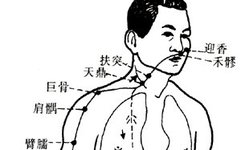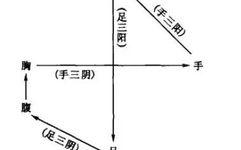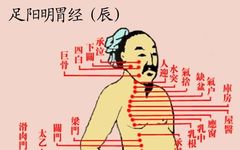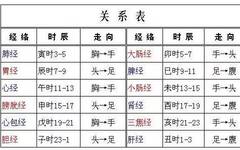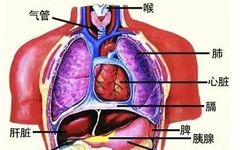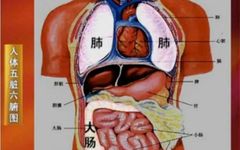The 12 Meridians: The Body’s Natural Pharmacy for All Illnesses
【Disclaimer】The images and text are sourced from the internet. If there is any infringement, please contact us for removal! The voice is synthesized by software; please forgive any poor experience. Many beginners report that the study of meridian theory in Traditional Chinese Medicine (TCM) is quite difficult to understand. The meridians are the body’s natural … Read more


